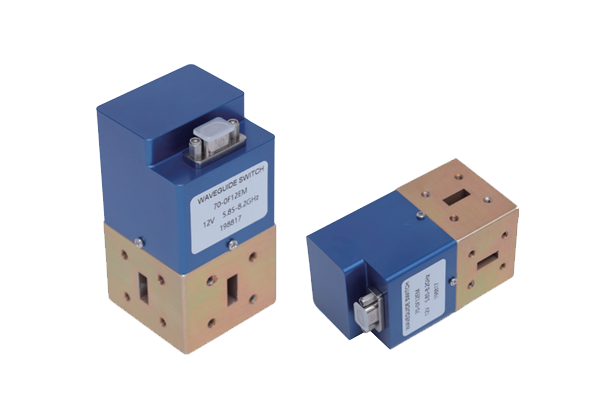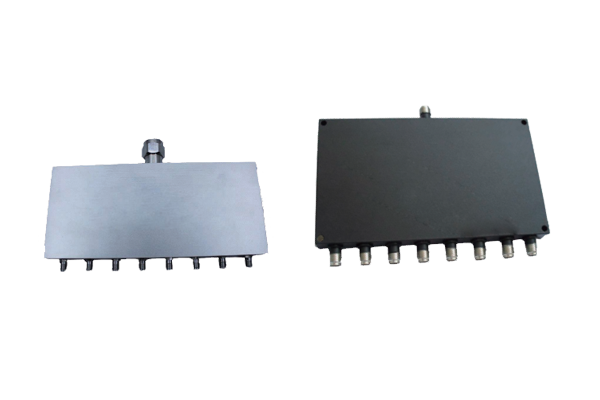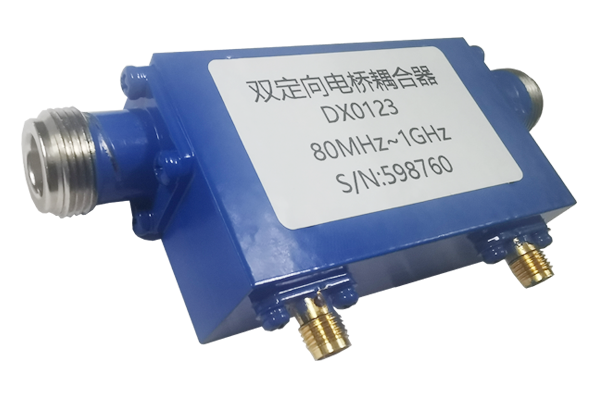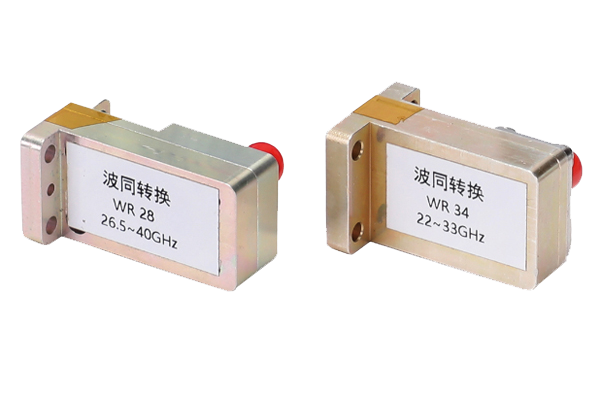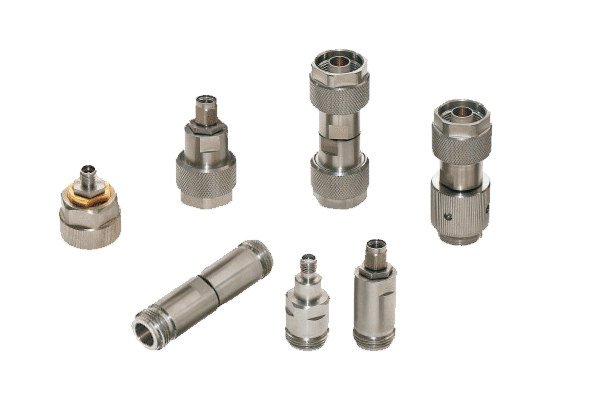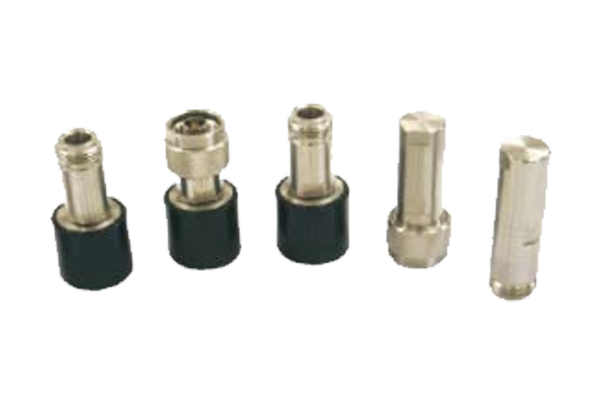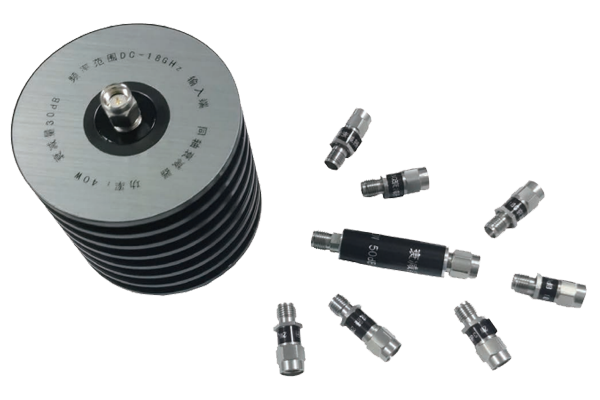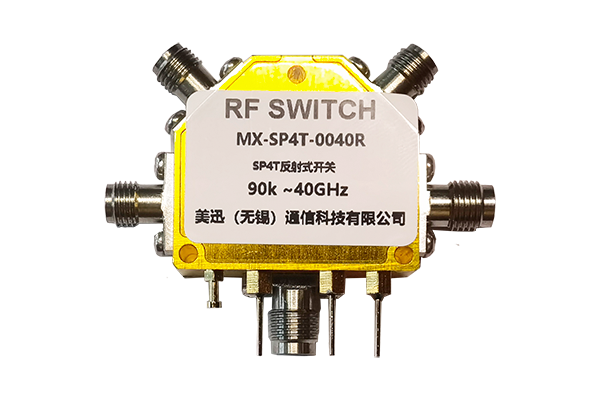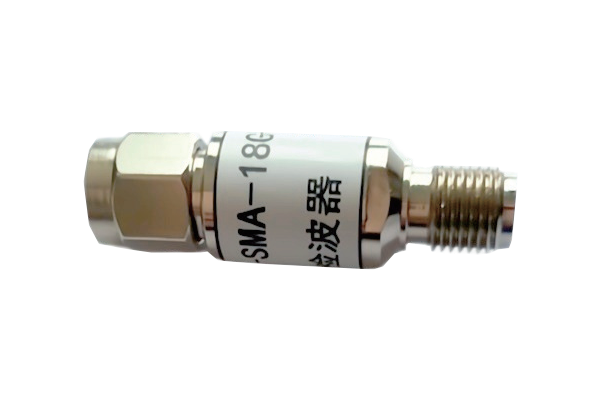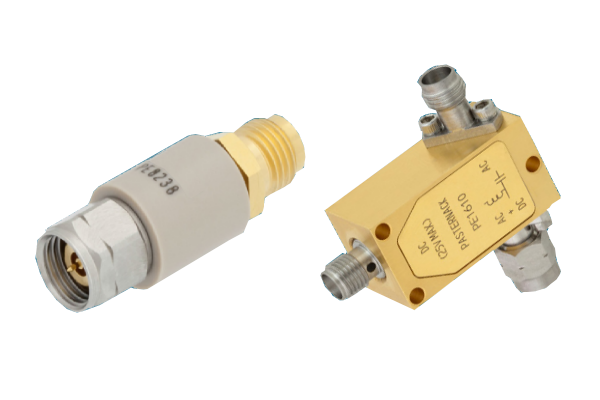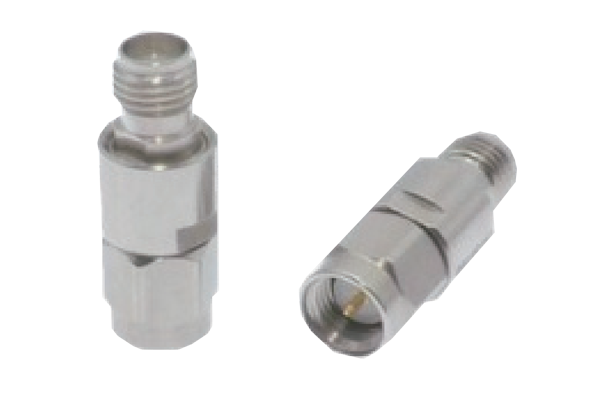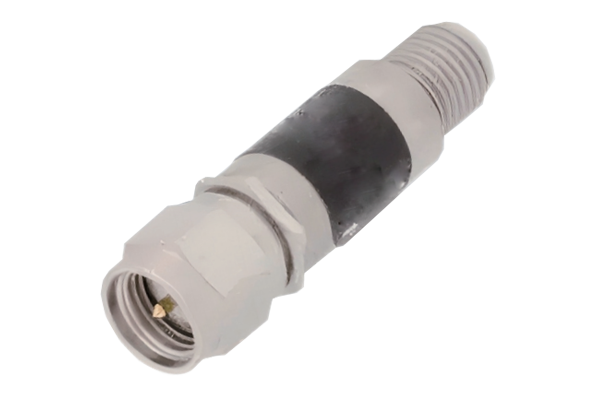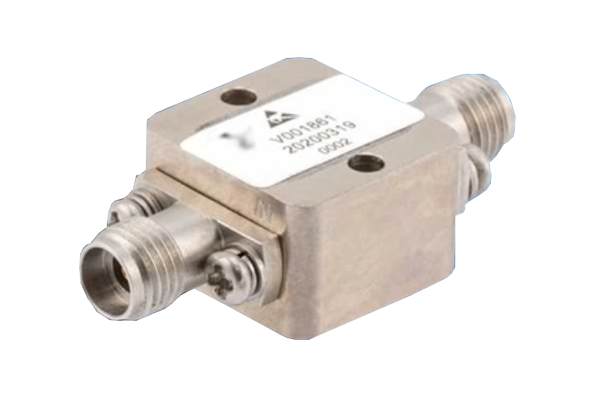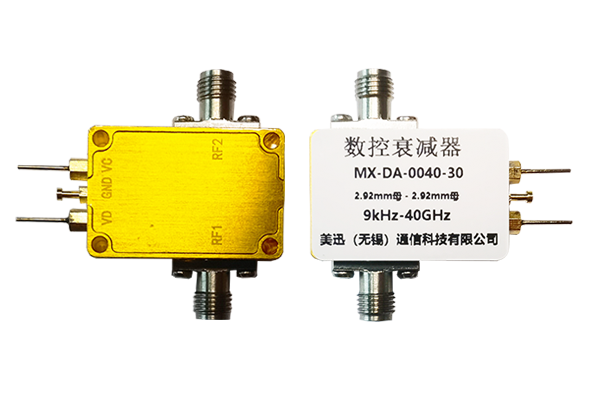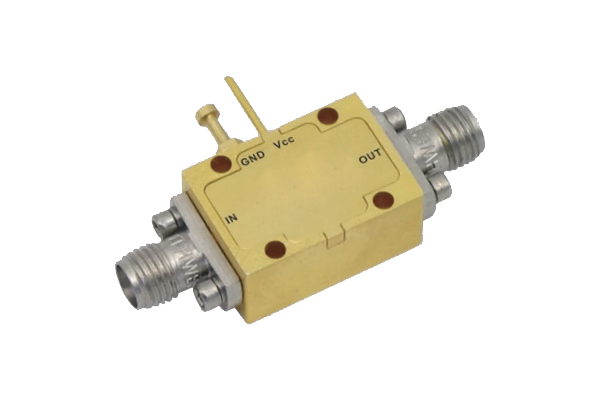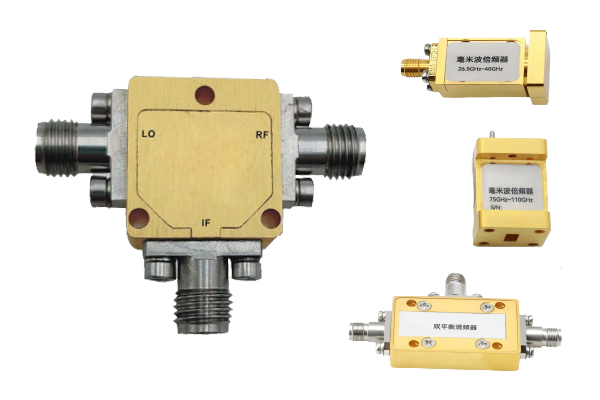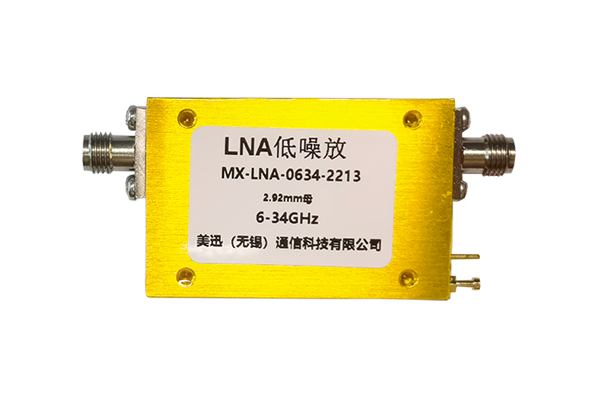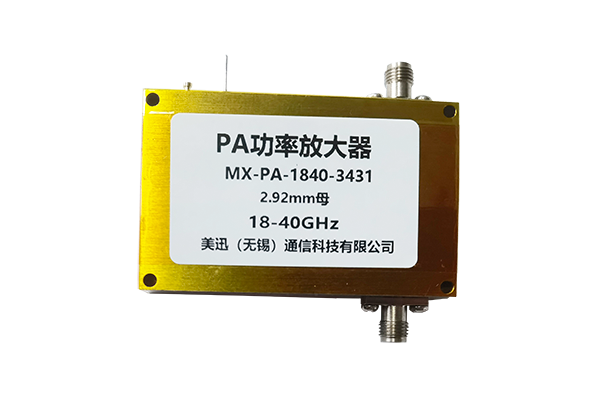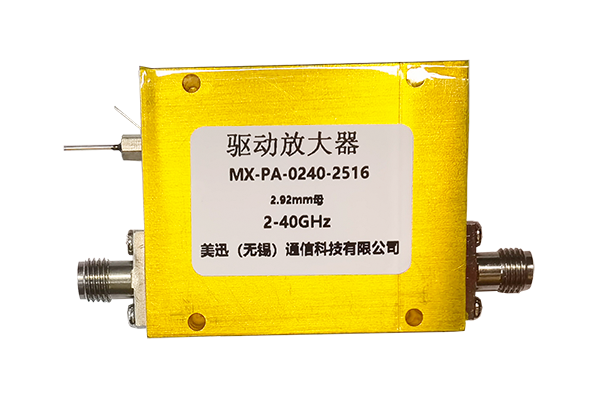How to test the performance of a waveguide switch
Waveguide Switch Performance Testing
To test a waveguide switch's performance, evaluate key parameters with specialized tools:
Critical Test Parameters
- Insertion Loss: Use a vector network analyzer (VNA) to measure signal power loss through the switch, aiming for <0.5 dB in mechanical types and <2 dB in solid-state.
- Isolation: Apply a signal to the input port and measure leakage at non-selected outputs via VNA or power meter, requiring >30 dB to prevent crosstalk.
- Switching Speed: For mechanical switches, use an oscilloscope to record transition delays (milliseconds); solid-state switches need high-speed scopes for nanosecond-level step responses.
- VSWR/Return Loss: VNA measures impedance matching; a VSWR close to 1:1 or return loss >15 dB ensures minimal reflection.
- Power Handling: Gradually increase input power until insertion loss degrades by 1 dB, defining the max safe power threshold.
- Reliability Testing: Cycle the switch (e.g., 100k+ times) to check for performance drift, critical for mechanical designs prone to wear.
- Environmental Stress: Subject the switch to temperature (-40°C to +85°C), humidity, or vibration tests to validate stability in real-world conditions.




